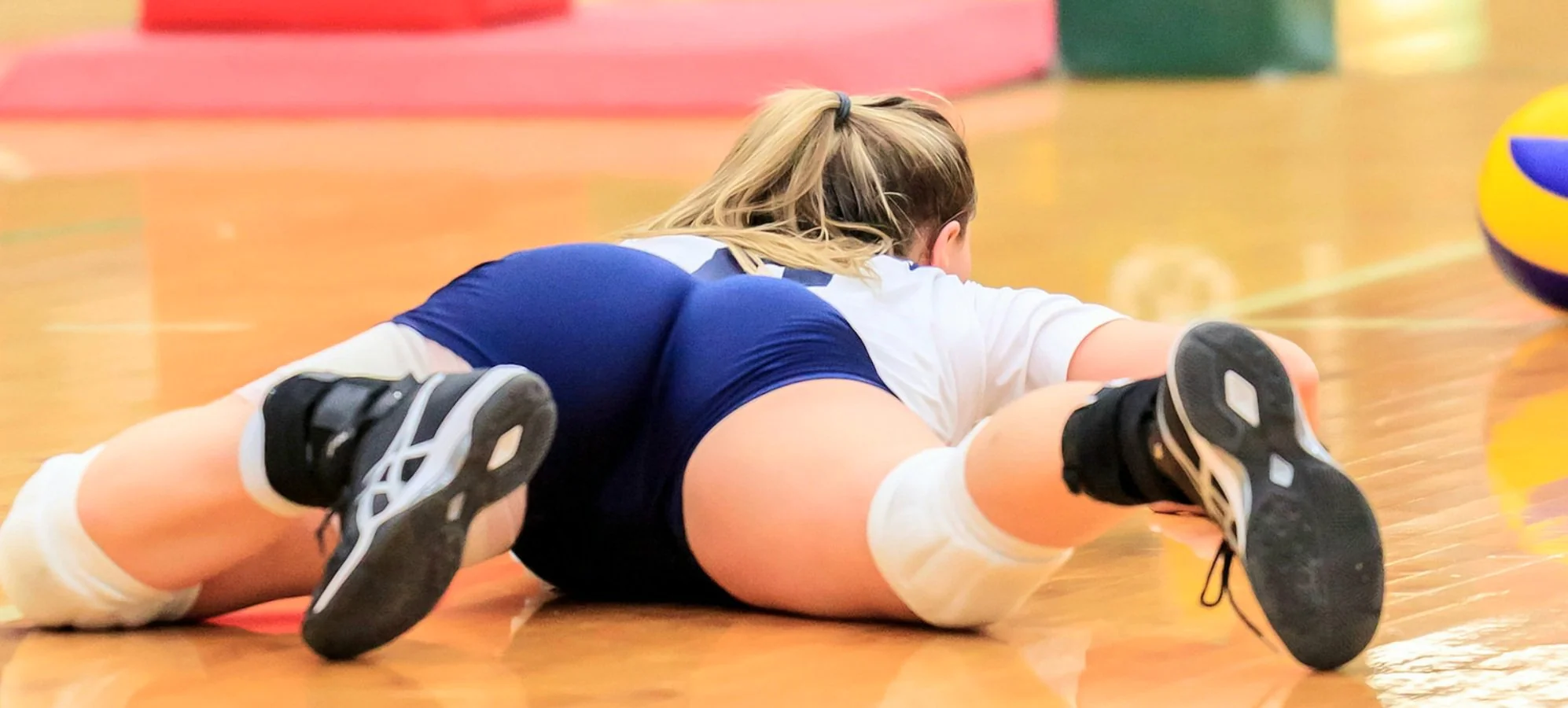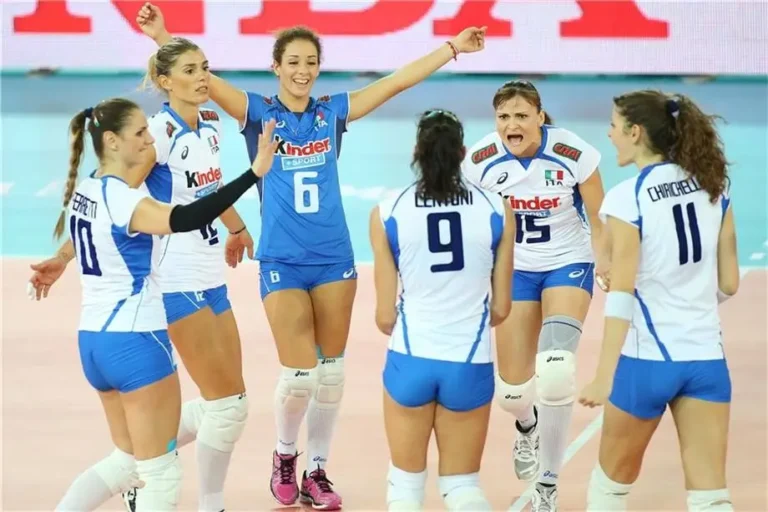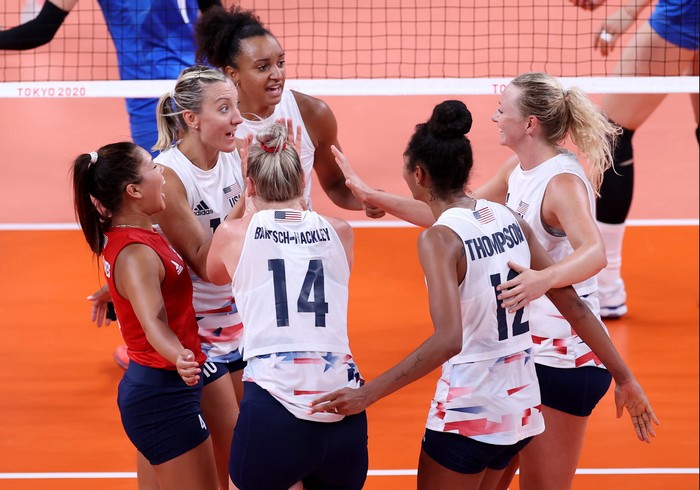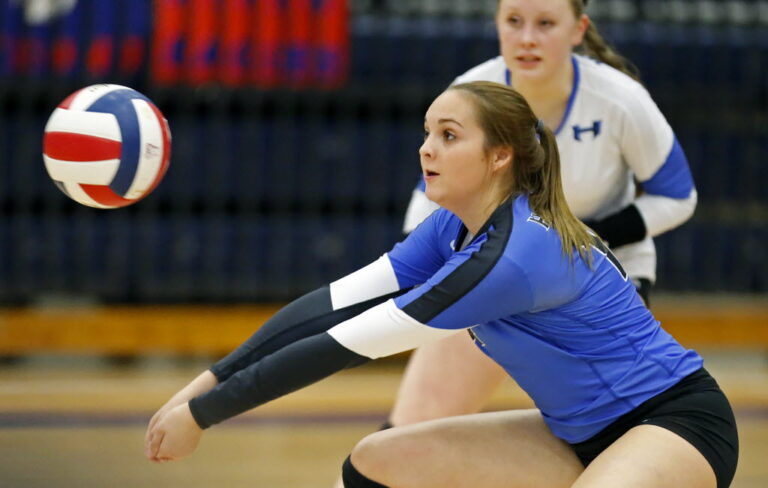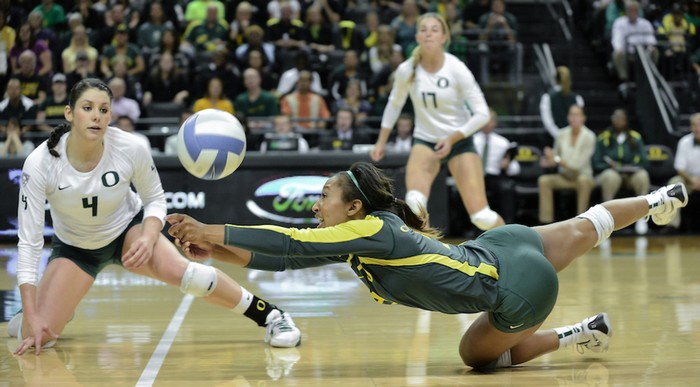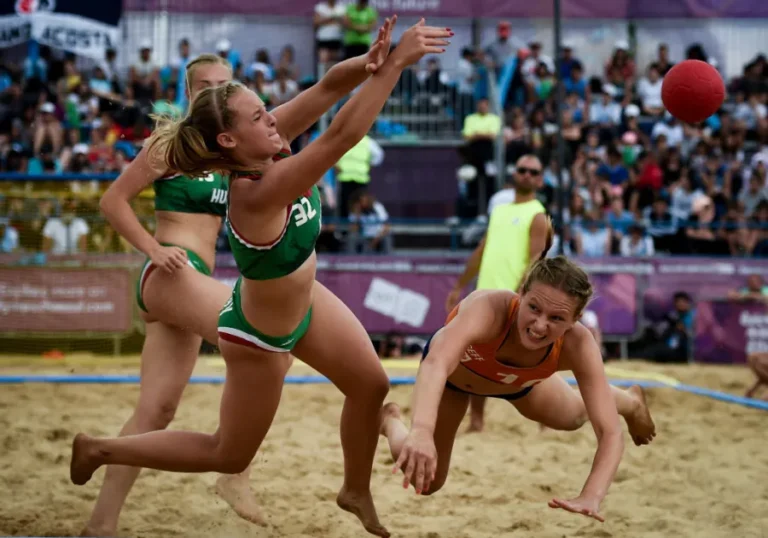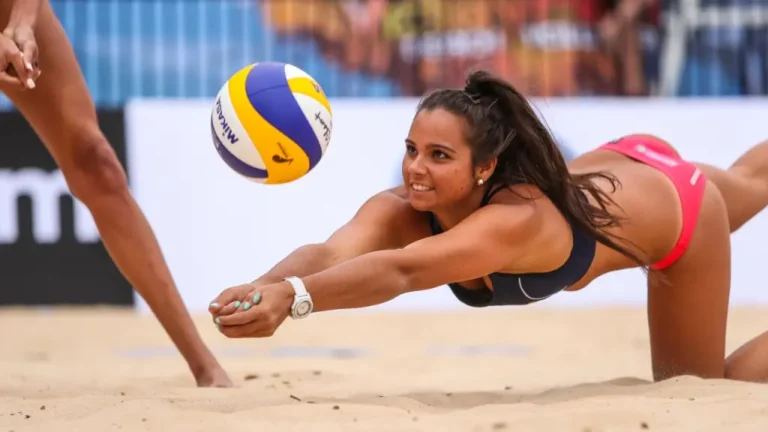Why Volleyball Girls Have Thick Legs
The Secret to Volleyball Girls’ Strong Legs
When you watch a volleyball game, you can’t help but notice the impressive power and agility displayed by the players. One aspect that stands out is their strong and thick legs. Have you ever wondered why volleyball girls have such well-developed leg muscles?
Let’s dive into the secrets behind their powerful lower bodies and discover how their training contributes to their incredible performance on the court.
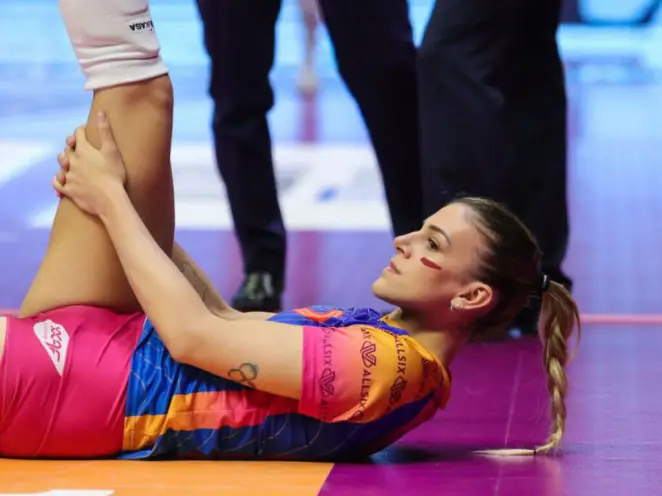
Volleyball is a sport that requires explosive movements such as jumping, diving, and sprinting. These actions heavily rely on the lower body muscles, particularly the quadriceps, hamstrings, glutes, and calves.
Volleyball players train diligently to develop these muscle groups through a combination of strength training and plyometric exercises.
See also: What is the hardest position in girls volleyball?
1. Strength Training
Strength training plays a crucial role in shaping the legs of volleyball girls. By incorporating exercises like squats, lunges, and deadlifts into their training routines, players can build strong and defined muscles. These compound exercises target multiple muscle groups simultaneously, resulting in overall leg strength and endurance.
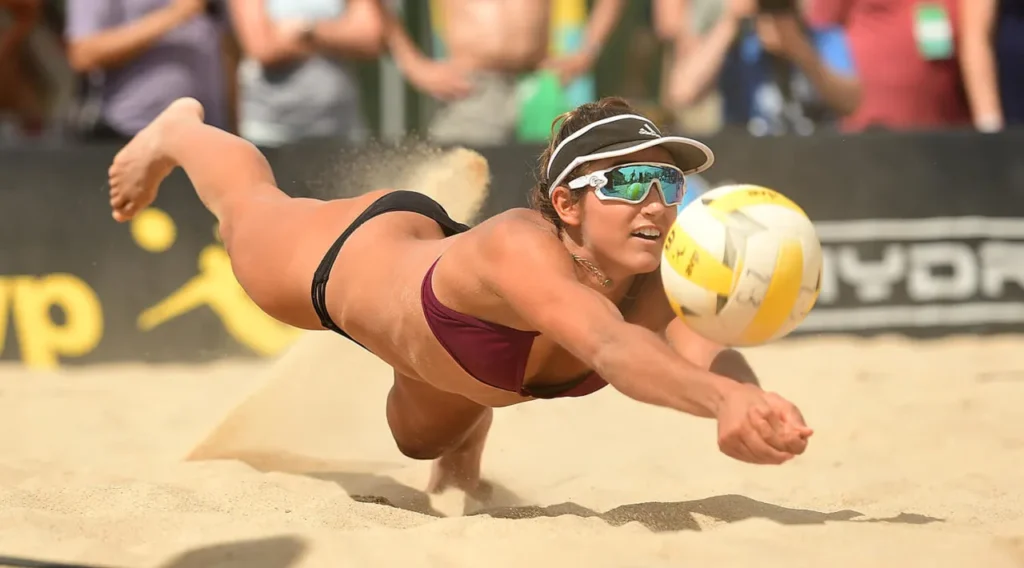
Furthermore, volleyball players often use resistance training tools such as weights, resistance bands, and medicine balls to add an extra challenge to their workouts. These tools help in increasing muscle tension and promoting muscle growth, leading to thicker and more powerful legs.
See also: The Reasons Behind the Iconic Volleyball Skirt
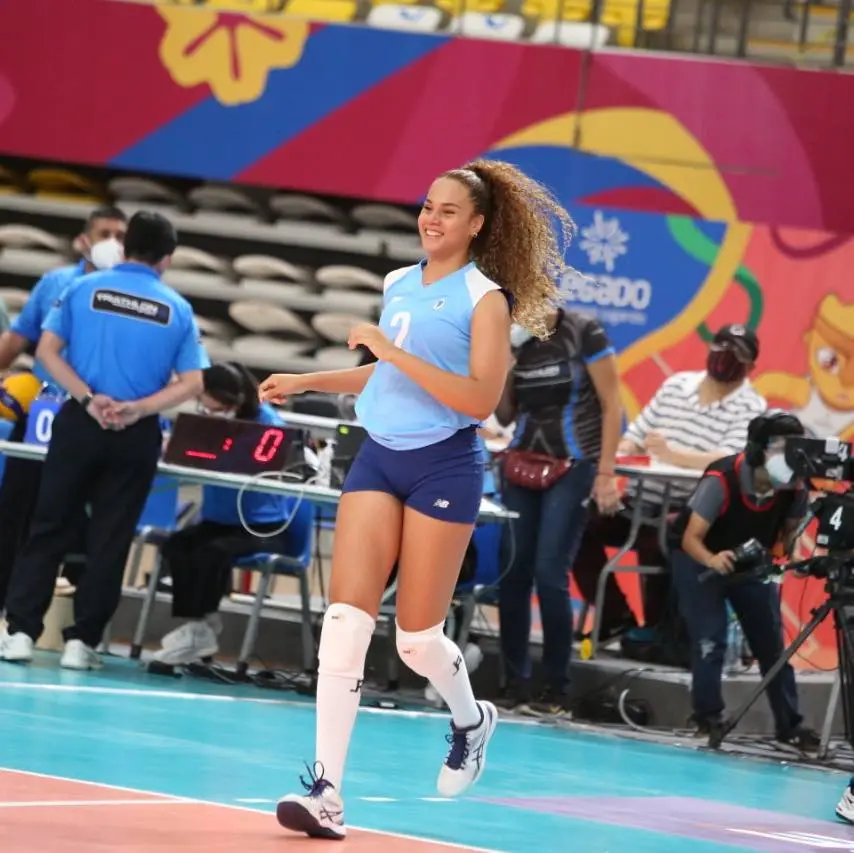
2. Plyometric Exercises
Volleyball girls also engage in plyometric exercises to enhance their explosive power and agility. Plyometrics involve rapid and forceful movements that activate the fast-twitch muscle fibers, responsible for quick movements and jumps.
Exercises like box jumps, burpees, and lateral jumps help volleyball players develop the explosive strength needed to excel on the court.
See also: Why Does One Volleyball Player Have a Different Color?
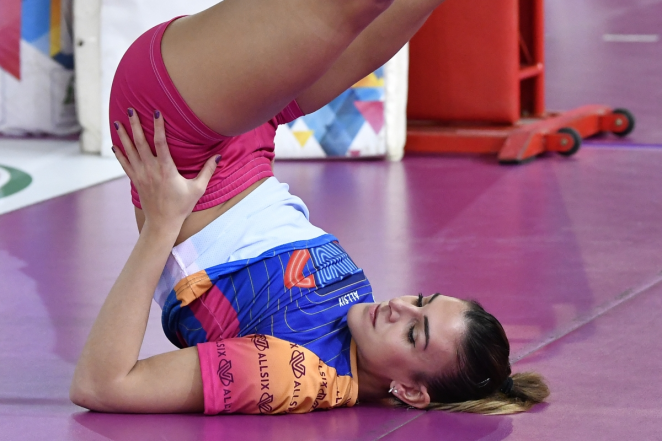
These high-intensity exercises not only enhance leg strength but also improve the overall athleticism of volleyball girls. The repeated jumping and landing movements during plyometric training contribute to the development of strong leg muscles, making them capable of executing powerful spikes, blocks, and dives.
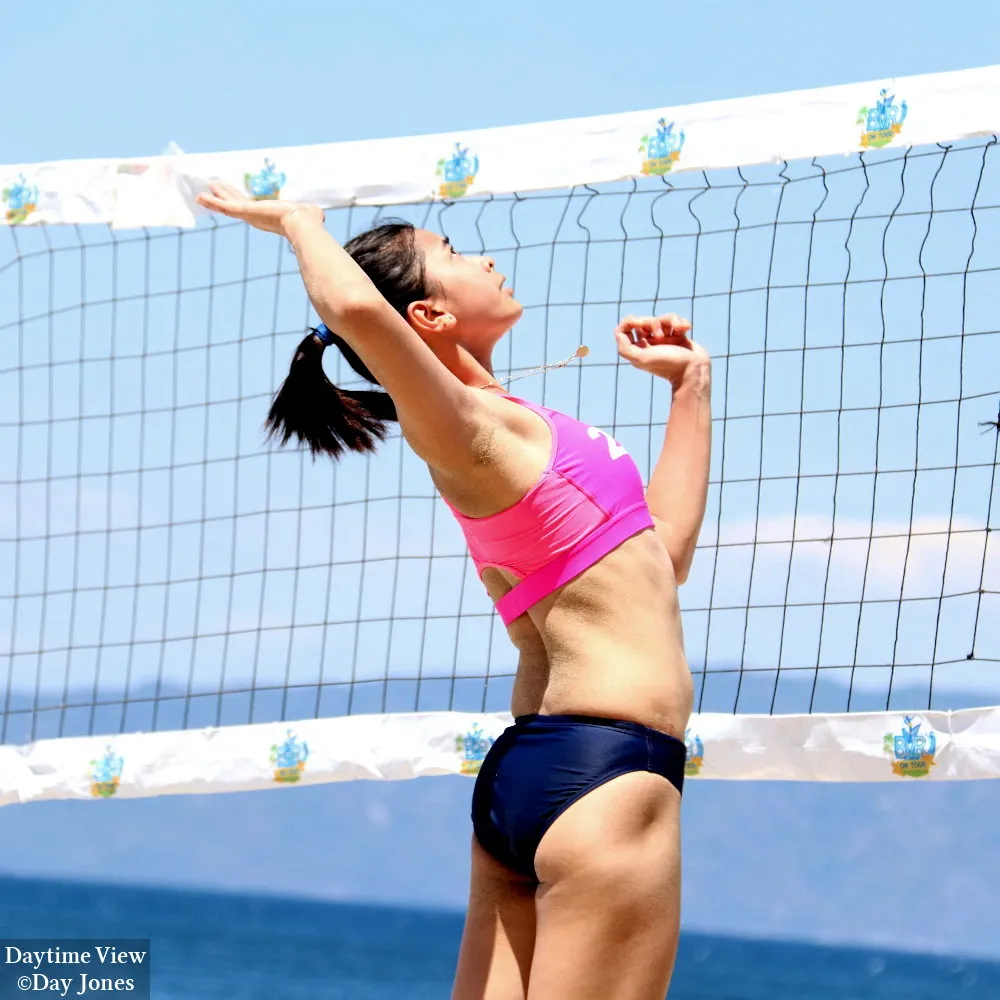
Invest in the Strength of Your Legs
Volleyball girls’ leg strength is a result of their dedication and hard work in training. Their powerful lower bodies are a testament to the countless hours spent in the gym and on the court, honing their skills and building their physical abilities.
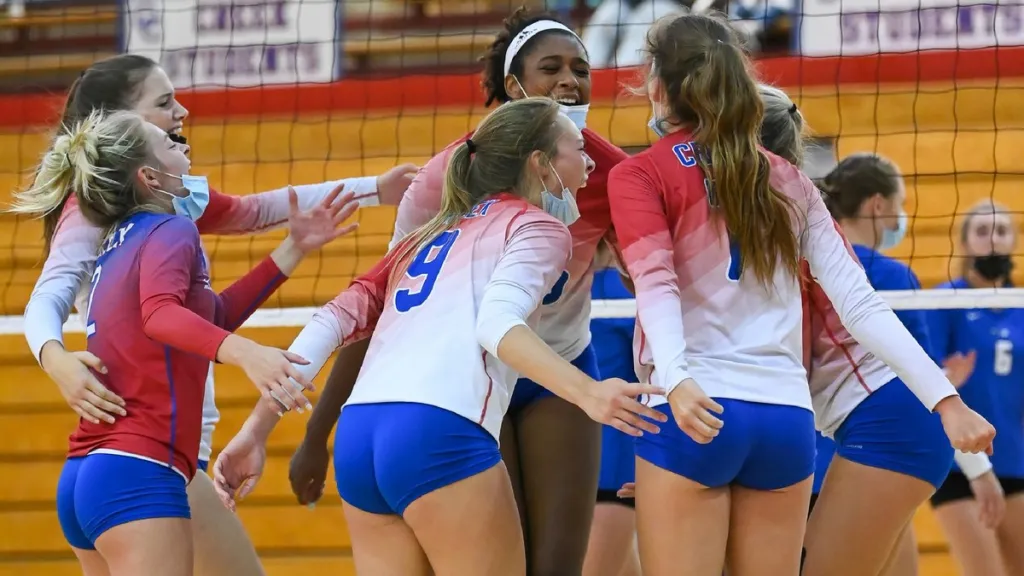
So, the next time you wonder why volleyball girls have thick legs, remember that it’s a reflection of their passion and commitment to their sport.
Reasons: Why Volleyball Girls Have Thick Legs?
Volleyball is a physically demanding sport that requires a combination of strength, agility, and endurance. It’s not surprising that female volleyball players often develop strong and muscular legs. Here are several reasons why volleyball girls tend to have thick legs. Also watch some of the best and strongest legs in women’s volleyball.
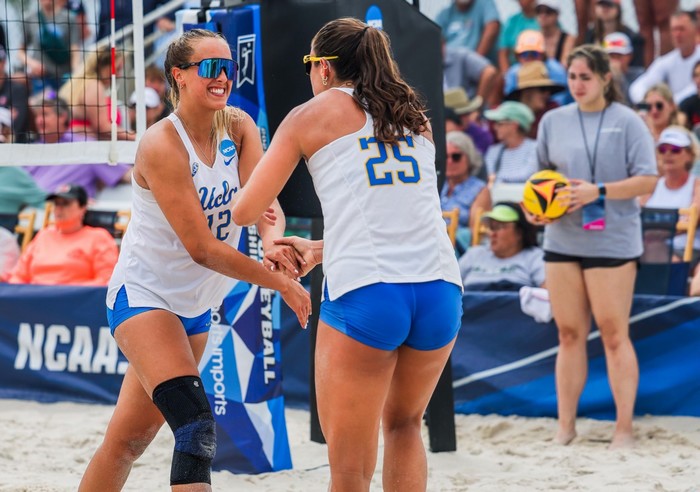
Jumping: Volleyball involves a lot of jumping to block, spike, and serve the ball. The explosive power required for jumping comes primarily from the leg muscles, particularly the quadriceps and calf muscles. Over time, this can lead to the development of thicker leg muscles.
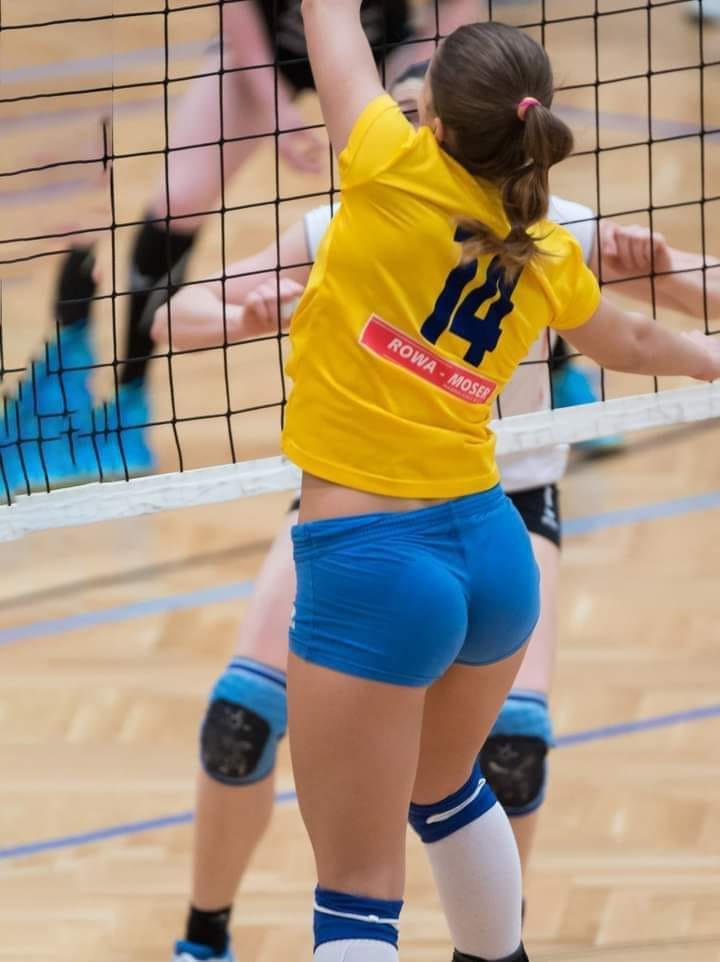
Running and quick movements: Volleyball players need to move quickly around the court to react to the ball and get into position for plays. This constant running and lateral movements engage the leg muscles, contributing to their development.
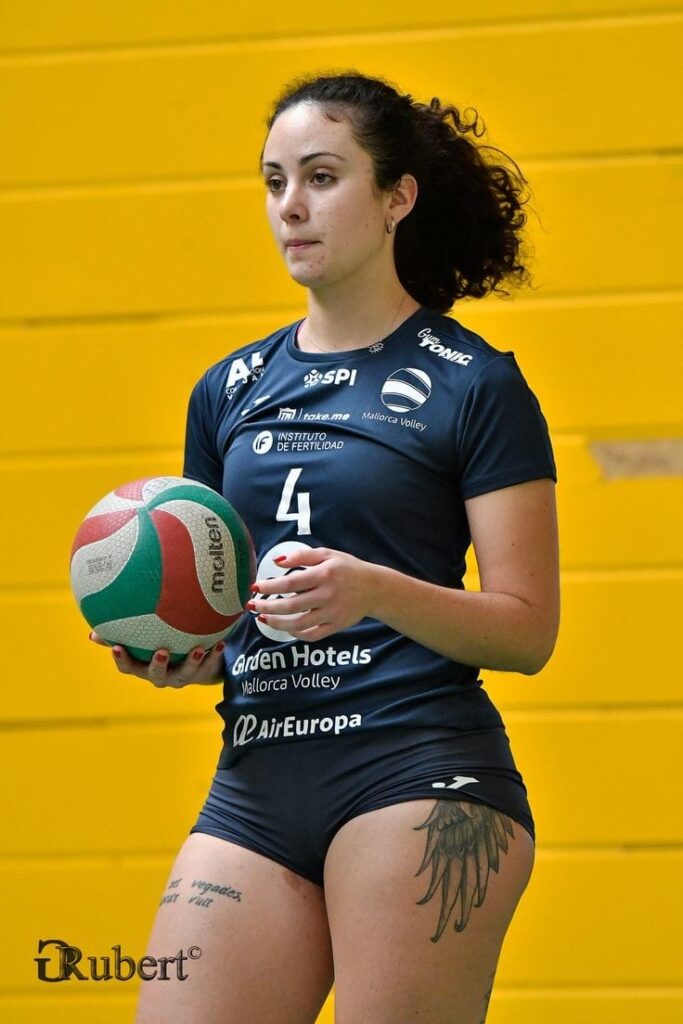
Strength training: To excel in volleyball, players engage in strength training exercises like squats, lunges, and leg presses. These workouts are designed to increase leg strength and muscle mass, resulting in thicker legs.
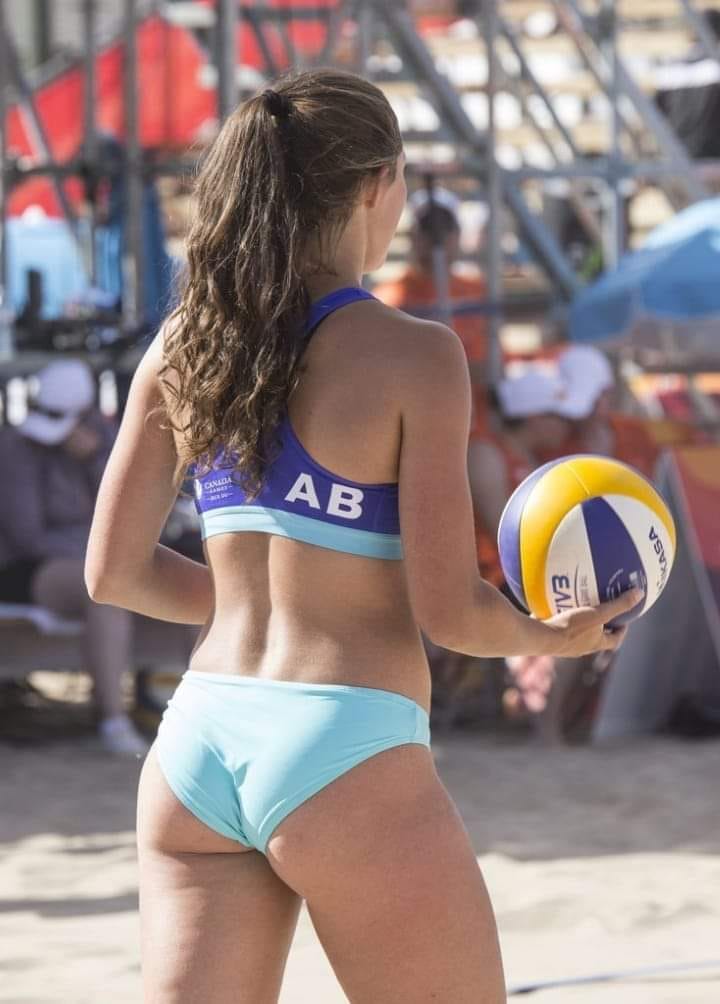
Staying low: Players often maintain a low and ready stance, which requires sustained activation of leg muscles. This defensive position helps them stay agile and responsive to the ball.
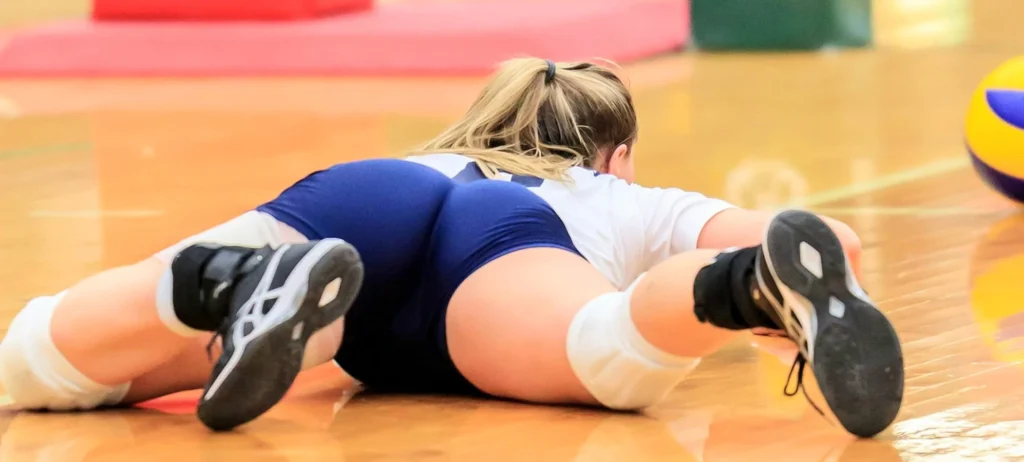
Balance and stability: Volleyball players need good balance and stability to perform various skills, such as setting and digging. Strong leg muscles help maintain balance and support the body during these movements.
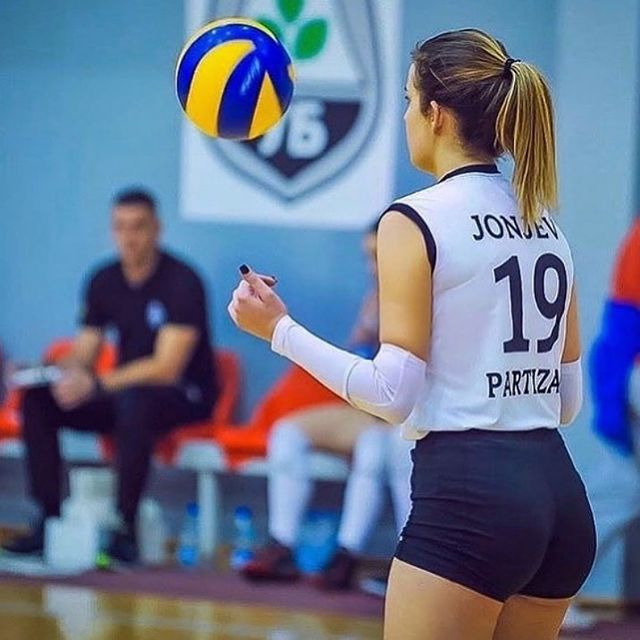
Volleyball-specific training: Volleyball training programs typically include drills that target leg strength and endurance. Plyometrics, agility drills, and jump training are common components of these programs, all of which contribute to thicker leg muscles.
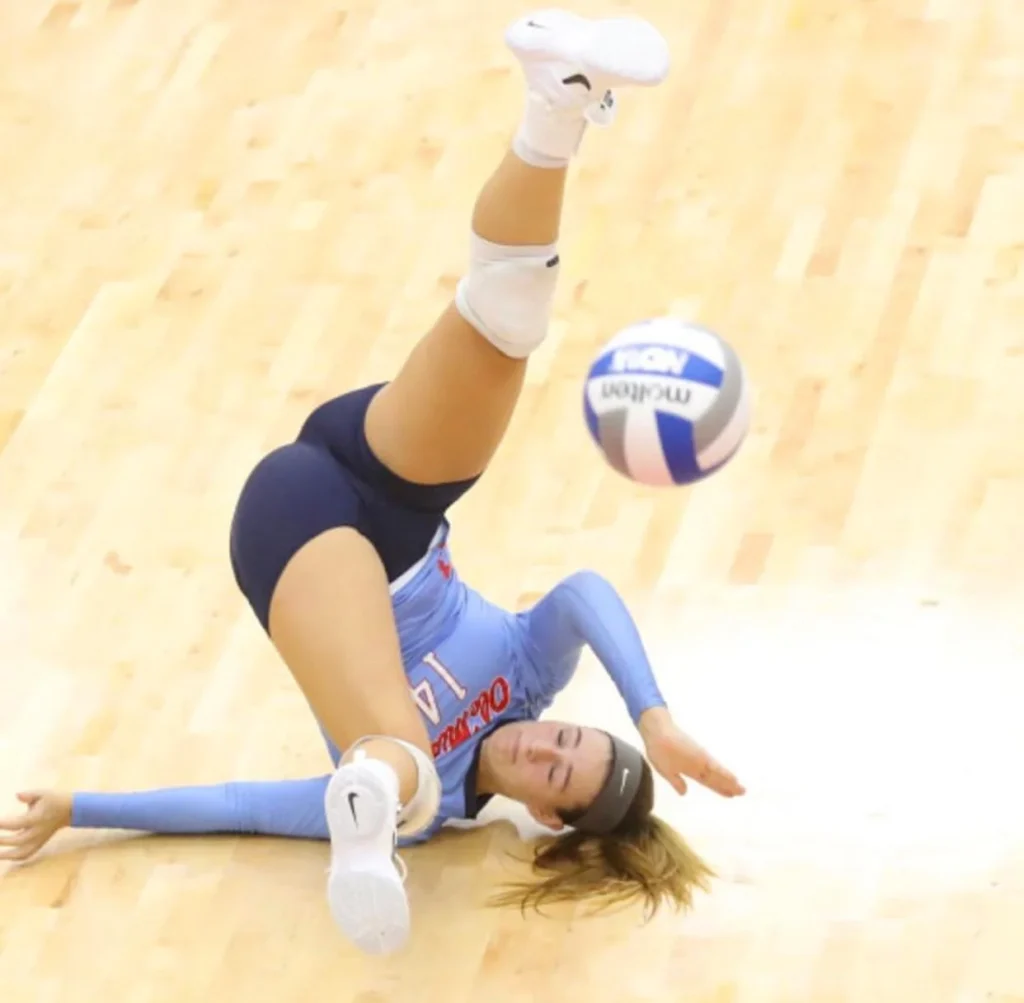
Genetics: It’s important to remember that genetics also play a role in how a person’s body develops. Some individuals may naturally have a predisposition to build muscle in their legs more easily than others.
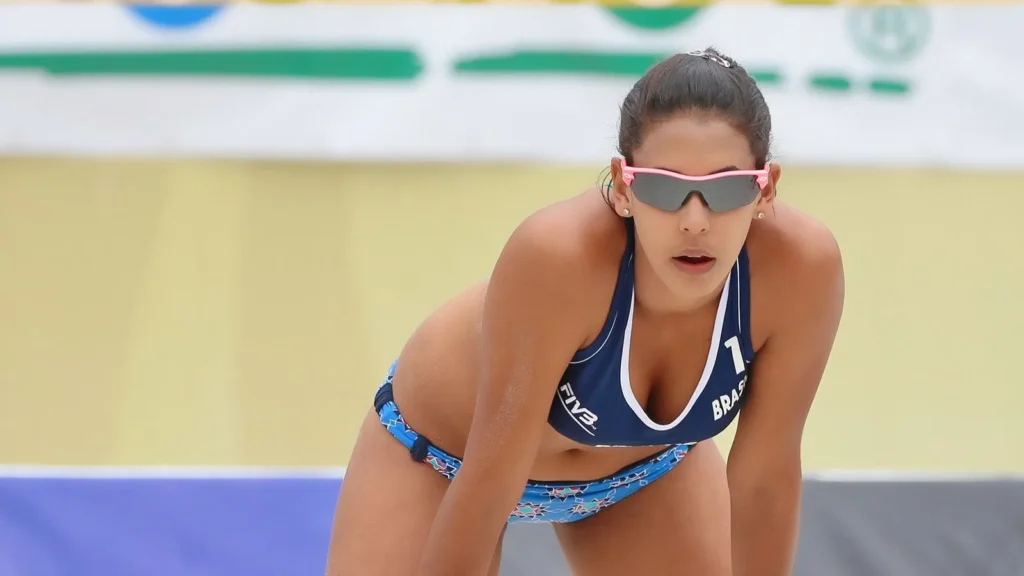
Nutrition: Proper nutrition is essential for muscle growth and recovery. Volleyball players often follow nutrition plans that support muscle development, which can lead to thicker leg muscles.
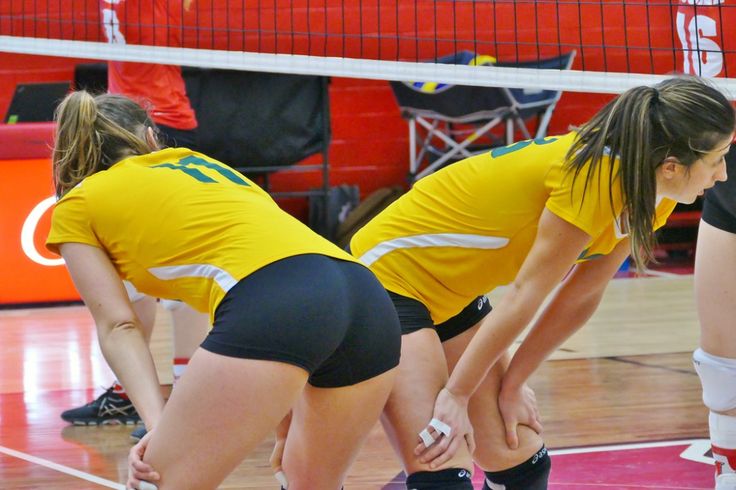
Repetition: Volleyball players practice their skills extensively, which means they repeatedly engage their leg muscles during training and matches. This repetition can lead to muscle hypertrophy (growth) in the legs.
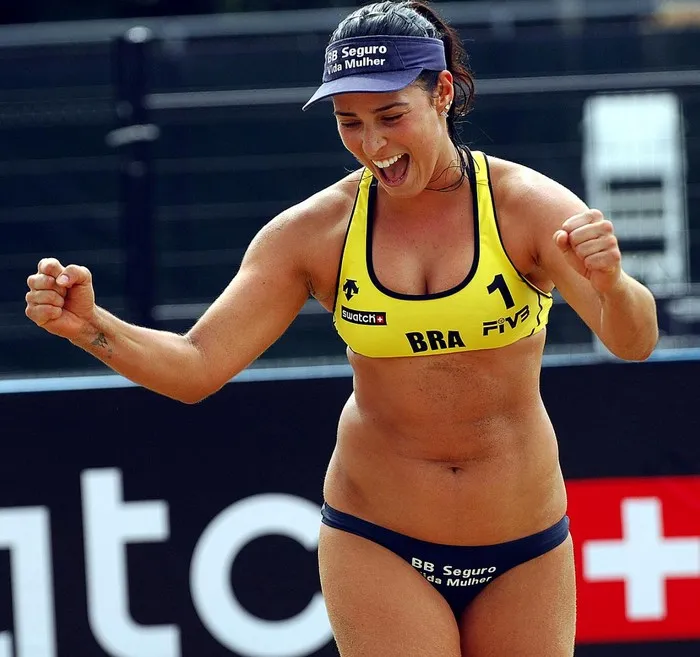
Lower body injury prevention: Strong leg muscles can help reduce the risk of lower body injuries in volleyball. Players who prioritize leg strength are less likely to experience injuries that could sideline them from the game.
In summary, volleyball girls tend to have thick legs due to the physical demands of the sport, including jumping, quick movements, strength training, and the need for balance and stability. Additionally, genetics, nutrition, and injury prevention play a role in the development of their leg muscles.
